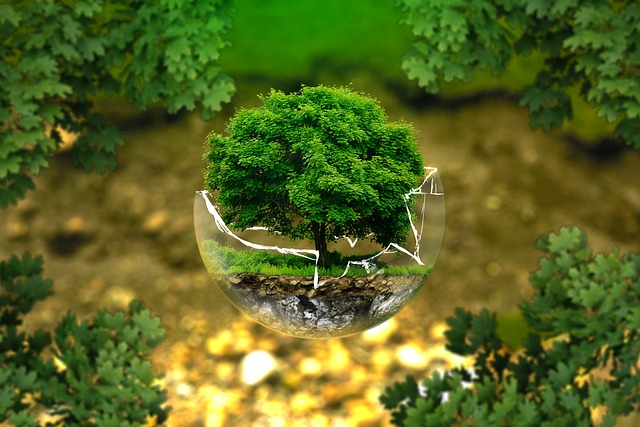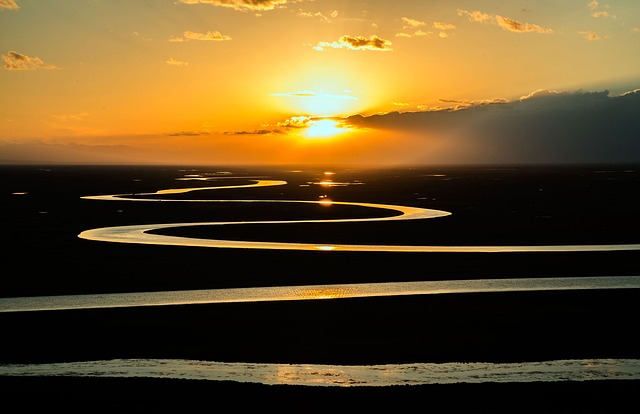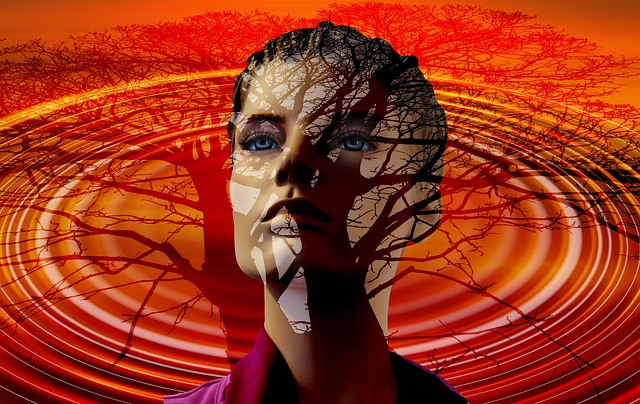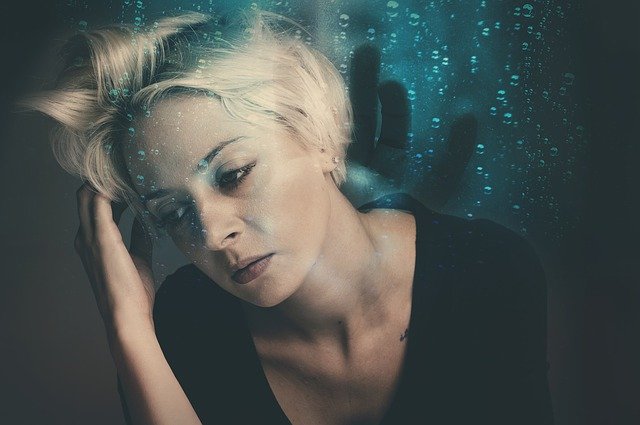Hilary Jacobs Kendel, psychotherapist, author and activist, contends that we learn many things in school that we never use but do not learn about emotions that affect every aspect of our daily lives. She strongly advocates for education about emotions though her videos, blog posts, presentations, interviews, newspaper articles and clinical practice. Hilary is the author of It’s Not Always About Depression: Listen to the Body, Discover Core Emotions and Rediscover Your Authentic Self.
The Change Triangle®
Hilary educates people about emotions and how to change the way we deal with them through what she calls the Change Triangle®. This is a visual representation in the form of an inverted triangle of the different types of emotions we all experience. At the base are what Hilary calls the core emotions that are calls to action designed to help us negotiate our environment. To the right at the top are inhibiting emotions which impede us experiencing core emotions in their true form. These, in turn, often lead us to adopt defenses which we employ to avoid being aware of, or experiencing, our feelings.
Hilary acknowledges that her own understanding of emotions was developed through attending a presentation by Dr. Diana Fosha, Director and Founder of Accelerated Experiential Dynamic Psychotherapy (AEDP)™ which is a treatment model adopted by Hilary that was developed to help adults experiencing difficulties as a result of childhood attachment trauma and abuse. This transformational model focuses on healing and flourishing despite the experience of emotional suffering and draws heavily on neuroscience, brain plasticity and research on mother-infant development. Diana advocates strongly for a healing approach (transformation) instead of the traditional psychotherapy approach of a focus on pathology. In this respect, she addresses the question What Happened to You?, not What’s Wrong With You? – a healing approach also adopted in the book by Oprah Winfrey and Dr. Bruce Perry. Diana wrote the Forward for Hilary’s book.
Core Emotions
Core emotions have been identified as early as Charles Darwin and their impact on the brain is now able to be identified through brain imaging. Hilary identifies the core emotions as fear, joy, anger, excitement, sadness, sexual excitement and disgust. These emotions are beyond conscious control as they are triggered by our everyday experience and serve as a survival mechanism, activating our flight or fight response, our approach or avoidance stance. Where real danger exists, this can be life-saving. Fear, for example, can make us aware of a real, impending danger, e.g., a house fire. However, through trauma and adverse childhood experiences, the core emotions can be triggered by seemingly harmless activities or events, such as conscious breathing, a smell or a sound. The core emotions “ready our body for action” as they appear with a lot of biological energy – ready for activation.
Inhibiting Emotions
Hilary identifies three emotions that she describes as “inhibiting emotions” – anxiety, shame and guilt. These emotions often arise from the “shoulds” “and “should-not” messaging that we are all exposed to, especially in our childhood. Deborah Feldman illustrates this very well in her book, Unorthodox: The Scandalous Rejection of My Hasidic Roots. She talks of the shame she felt in reading books written in English rather than Yiddish (because of the constant paternal messaging) and the guilt she experienced eating cakes when she felt hungry from the very restrictive traditional diet. Hilary explains that “shame” is designed to inhibit out impulses and ensure conformity to the norms of our reference group – e.g., family, community or religion. She differentiates healthy shame from toxic shame – the former brings us safety through inclusion, protection and support. The latter generates a toxic environment in that it is built on negative self-talk that reinforces negative beliefs about oneself generated by bullying (online or offline), abuse, neglect or alcoholic parents. Hilary explains that the road to healing is employing the Change Triangle® to unearth the core emotions that lie underneath the shame. She provides a roadmap through her blog post, 5 Ways to Work the Change Triangle as a Beginner, and offers multiple examples of this transformation process in operation within her book, It’s Not Always About Depression.
Defenses
Hilary explains that defenses are a form of emotional protection in that they are multiple ways “we all avoid painful, uncomfortable or conflicting emotions”. She identifies the more common ways to avoid emotions in one of her blog posts, including sarcasm, superior conceit, constant apologizing, procrastination, eating disorders and addiction. She describes some of the more surface level defenses as moving away, rolling your eyes or judging others. Defenses can be healthy and serve our needs in particular situations such as in a professional environment. However, unhealthy defenses prevent us from experiencing either inhibiting or core emotions and effectively lead to disconnection from our authentic self. We hide away from the pain of our deepest feelings by finding a way to deflect them.
In a New York Times Article, It’s Not Always Depression, Sometimes its Shame, Hilary describes her AEDP therapeutic work with a client named Brain. He had presented with what appeared to be chronic depression and had failed to respond to multiple forms of therapy and medication. He appeared to be in a comatose state – unable to connect, express his feelings or communicate effectively. His defenses, in the form of withdrawal enabled him to protect himself form the pain of “emotional aloneness” and toxic shame – induced by a lack of emotional bonding from his parents. His father was preoccupied with earning a living and his mother drank to excess – resulting in “emotional neglect” for Brian.
Hilary employed a range of techniques over the four years of her therapeutic intervention, including throwing cushions to Brian just to engage him in some way. In his second year of treatment, he learned to name his emotions, validate them and “safely connect to the emotion he felt in his body”. On the conclusion of his therapy Brian “felt alive again”, developed more friends, undertook meaningful work and learned to assert his needs. In the process, he dissipated the toxic shame he had been experiencing.
Reflection
As we grow in mindfulness we gain increased self-awareness and are better able to identify our triggers, our habituated defenses, the inhibiting emotions and our underlying core emotions (often, there is more than one at play). We can also learn to access our emotions through our bodily sensations – a major focus of Hilary’s approach.
In her video presentation of the Change Triangle® to a group, Hilary begins with a meditation – participants are asked to close their eyes, become grounded, get in touch with their breath, and undertake a body scan. The first part of the scan focuses in on a place in the body where we can feel calm and warmth. The second part of the scan involves identifying a place of tension or pain in the body. This is followed by a process of breathing into that place and imagining that we are able to move it aside even for a little bit to locate the emotion that is under there, “pushing up for experiencing and validation”.
As Bessel van der Kolk maintains, The Body Keeps the Score. In this book, he explains the role of the brain and body in the transformation of trauma. As Hilary points out, through her Change Triangle®, healing and transformation ultimately lead us to our Authentic Self which enables us to achieve clarity, calm, courage, creativity, compassion and connectedness.
________________________________
Image by Ronald Plett from Pixabay
By Ron Passfield – Copyright (Creative Commons license, Attribution–Non Commercial–No Derivatives)
Disclosure: If you purchase a product through this site, I may earn a commission which will help to pay for the site and the resources to support the blog.









